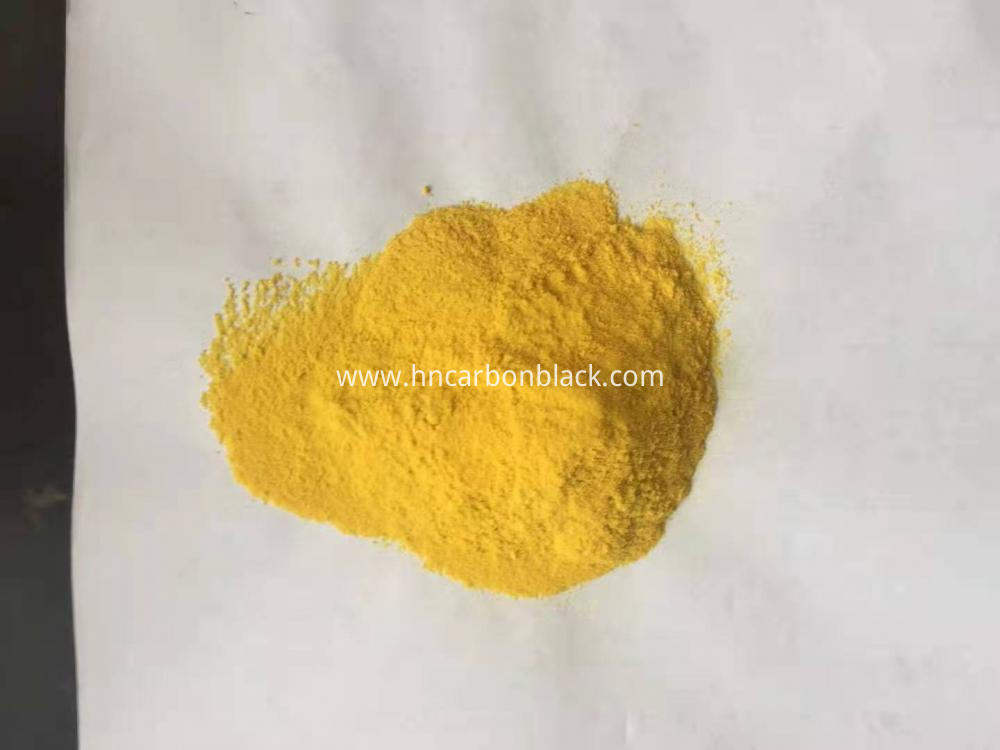
Polyaluminum chloride is a kind of inorganic flocculant widely used in the market. The factors that affect the coagulation effect of polyaluminum chloride are complex, which are mainly caused by the complex changes of water quality itself, followed by coagulants and hydraulic conditions in the coagulation process.
1. Water quality impact:
The composition and content of pollutants in industrial wastewater vary with different industries and factories, and usually there are many pollutants in the same wastewater. The pollutants in wastewater may be different in chemical composition, charged performance, hydrophilic performance, adsorption performance and so on. Therefore, the coagulation effect of a certain coagulant on different wastewater may be greatly related. In addition, organic matter can protect the hydrophobic colloids in water, so the treatment effect of high concentration organic wastewater by coagulation precipitation method is often not good. Some wastewater contains pollutants such as surfactants or reactive dyes, and the removal effect of coagulants is not ideal.
2. The influence of water alkalinity is as follows
Alkalinity (HCO -) refers to the amount of alkali substance in water. The hydrolysis reaction of polyaluminum chloride: Al3 + + 3H2O → Al (OH) 3 + 3H +. It can be seen that H + is constantly produced in the hydrolysis process, which will lead to the continuous decline of water pH value. In order to keep the water pH value in the best range, there should be enough alkali substance in the water to neutralize H +. When the alkalinity of raw water is insufficient or the dosage of coagulant is large, and a large amount of H + is produced in the water, lime and other alkaline substances must be added to neutralize the H + produced in the hydrolysis process.
3. The influence of water pH value is as follows
Each kind of flocculant has its suitable pH value range, beyond which the flocculation effect will be affected. For example, for polyaluminum chloride, the coagulation effect is different due to the different forms of products after hydrolysis of aluminum salts with different pH values. After hydrolysis of polyaluminum chloride, amphoteric aluminum hydroxide is produced. Under acidic condition, the pH value is lower
4. Water temperature also has influence on coagulation effect
The hydrolysis reaction of polyaluminum chloride is endothermic, and low water temperature is not conducive to the hydrolysis of coagulant. The viscosity of water is also related to the water temperature. When the water temperature is low, the viscosity of water is high, resulting in the weakening of Brownian motion of water molecules, which is not conducive to the destabilization and aggregation of colloidal particles, so the formation of flocs is not easy. When the water temperature is low, the colloid hydration is enhanced, which hinders the colloid coagulation. When the water temperature is high, the flocculation effect will be improved. Under the condition of low temperature, the dosage of flocculant must be increased. But the water temperature is too high, the flocs are small, and the water content of sludge is increased, so it is difficult to treat. Therefore, too high or too low water temperature is unfavorable to flocculation. General water temperature should be controlled at 20-30 ℃.
5. The influence of hydraulic conditions and coagulation reaction time is as follows
After adding certain polyaluminum chloride into wastewater, the polyaluminum chloride should be rapidly and evenly diffused into water. After the polyaluminum chloride is fully dissolved, the colloid produced will contact with the original colloid and suspended solids in the water, and many tiny alum flowers will be formed. This process is also called mixing. The mixing process requires the water flow to produce intense turbulence, and the reagent and water should be fully mixed in a relatively fast time. The mixing time generally requires tens of seconds to 2 minutes. Mixing is usually done by hydraulic or mechanical means. After mixing, colloids and other small particles in the water have formed a preliminary condensation phenomenon, resulting in the formation of small alum flowers, the size of which can reach 5 μ But it can't reach the size that can sink by gravity (usually need more than 0.6-1.0 mm). Therefore, it is necessary to rely on flocculation process to make alum grow up gradually. In the flocculation stage, it is required that the water flow has a proper degree of turbulence to provide opportunities for small alum flowers to contact and adsorb each other, and this turbulence should gradually weaken with the growth of alum flowers. The reaction time (T) is generally controlled within 10-30 minutes. In addition, the dosage, properties and structure of flocculant, the choice of coagulant also have a great influence on the coagulation effect.








